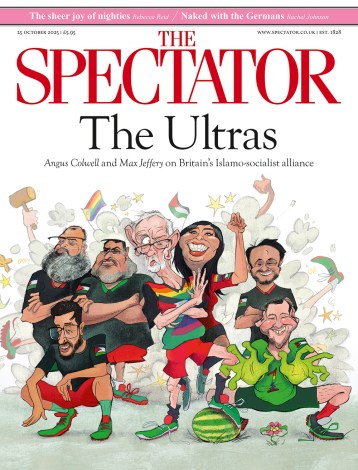There is no better way to kick off a new ballet season than with a choreographic triple whammy. Which is what the Royal Ballet did last week, reopening with a sparkling performance of Jewels, Balanchine’s triptych.
The last time I saw the company engage with the same three-part work, I lamented its far too poised and somewhat lacking-in-drive approach to Balanchine’s choreography. Things seem to have improved, though, as last week the dancing stood out for its vibrant attack and attention to detail — paramount qualities for the rendition of a work made up of three choreographically and musically different compositions.
In Emeralds both Tamara Rojo’s seamlessly fluid dancing and Leanne Benjamin’s dramatically vibrant performance matched to perfection the now languorous, now dramatic, now decadent musical subtleties of Fauré’s score. In the more jazz-oriented Rubies, to Stravinsky’s ingenious music, Sarah Lamb, Steven McRae and Zenaida Yanowsky stunned audiences with their slightly tongue-in-cheek and care-to-the-wind evolutions, thus creating a more than ideal contrast with the final grandiose classicism of Diamonds, to Tchaikovsky’s music, led in a masterly way by Alina Cojocaru and Rupert Pennefather.
Another triple whammy, though of a completely different nature, brought the house down a few evenings later at Sadler’s Wells. First seen and applauded last July, 6000 Miles Away made a welcome comeback. Central to the programme, made up of three one-acters created by three eminent contemporary dance-makers, is the presence of Sylvie Guillem. At 46, a critical age for any dancer, the controversial ballet diva, who subverted long-held classical canons with her unsurpassed technique and equally extraordinary artistic temperament, still has loads to offer. It is thus no wonder that cutting-edge choreographers such as William Forsythe, Jirí Kylián and Mats Ek still find a muse in this extraordinary dancer.
It was a pleasure to see that in Rearray (2011) Forsythe has gone back to the formulae that once made him famous. The intricate duet, divided in brief episodes by light changes, recalls other and historically famous duets the same choreographer created for and with the French ballerina in mind. Partnered by La Scala star Massimo Murru, Guillem engages fluidly with the daring, off-balance demands of the dance, eliciting admiration from both those who remember her earlier encounters with Forsythe and those who never saw them. Unlike Forsythe’s earlier works, this duet overindulges in choreographic reiteration, becoming choreographically verbose near the end.
A radical take on the classical precept and dance-performance tradition is also at the centre of Kylián’s 2002 duet 27’ 52”, intensely performed by Aurélie Cayla and Kenta Kojiri. It is a real tour de force, which clashes stridently with the unsettling postmodern irony of Mats Ek’s Bye (2011), which concludes the programme on a very high note. In line with the typical Ekian theatre aesthetics, the solo juxtaposes a single woman’s intimate drama with the outside world, depicted by a cleverly amusing game of projections. The night I went, Guillem’s portrayal of the Ekian ‘little woman’ looked somewhat rushed through and in need of more attention to the dramatic nuances that Ek carefully embeds in all his creations.
Individual and social dramas were also at the core of Drought and Rain, performed by the Vietnamese company Ea Sola. Created in 1995, the work remains a powerful dance–theatre commentary on the horrors suffered by the Vietnamese. The company’s female artists have little or no theatre and dance experience, but become artists of the highest standard by bringing on stage their lives through a perfectly orchestrated ritual of movements, sounds and voices; the intensity and accuracy of their acts should be studied by many in the theatre profession.





Comments